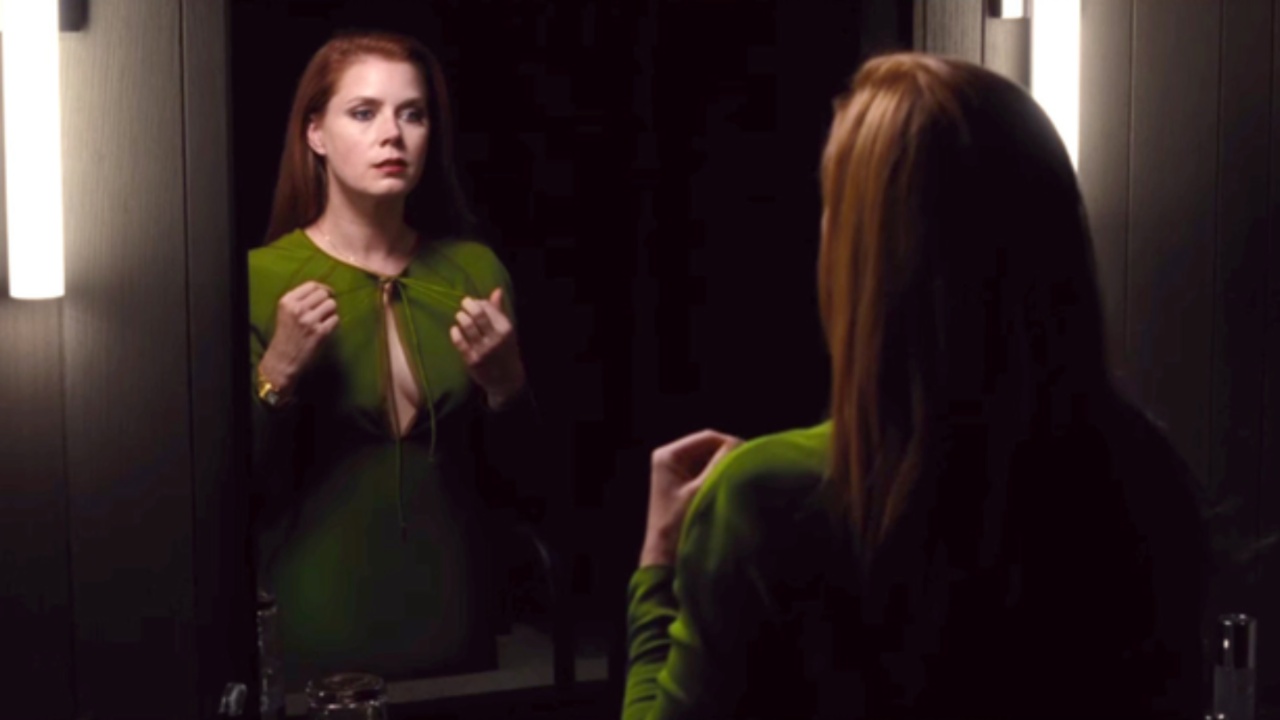Nocturnal Animals (2016), starring Amy Adams, stands out as one of her most enigmatic films, even when compared to thought-provoking movies like Arrival. Directed by Tom Ford and based on Austin Wright’s novel Tony and Susan, the film blends psychological drama with elements of thriller and suspense. Its layered storytelling, which alternates between reality and fiction, leaves audiences with lingering questions, particularly regarding the ending.
Unlike conventional narratives, Nocturnal Animals does not provide clear answers; instead, it encourages viewers to interpret the film’s meaning based on clues embedded throughout. Themes of revenge, regret, and lost love are interwoven in both the “real world” storyline and the novel within the movie, creating a complex reflection on human emotions and consequences.
The central character, Susan, is a Los Angeles art gallery owner whose life appears successful on the surface but is deeply lonely. Her marriage to Hutton, a wealthy but unfaithful businessman, is strained, and she struggles with feelings of dissatisfaction and emptiness. Susan’s quiet existence is disrupted when she receives a manuscript from her first husband, Edward, whom she hasn’t contacted in nearly twenty years.
The book, titled Nocturnal Animals, is dedicated to her, accompanied by a note suggesting that Edward will be in Los Angeles and would like to meet her. The arrival of this manuscript acts as a catalyst, compelling Susan to confront her past decisions and reevaluate her life, as she becomes engrossed in the dark and intense narrative of Edward’s novel.
Tony’s Tragic Story Mirrors Susan’s Past, Evoking Regret, Loss, and Emotional Reckoning
As Susan reads the manuscript, the film transitions into the story of Tony, also played by Jake Gyllenhaal. Tony is an ordinary man whose life is shattered when his wife, Laura, and teenage daughter, India, are kidnapped and ultimately murdered by three men, Ray, Lou, and Turk, after a violent car incident in West Texas. Tony survives and contacts the authorities, teaming up with Detective Andes (Michael Shannon) to investigate the crime.

The novel’s story is harrowing and suspenseful, highlighting the brutality and senselessness of violence, while simultaneously mirroring the emotional devastation in Susan and Edward’s past relationship. The novel functions as a reflection of Edward’s own pain, a vessel for themes of loss, vengeance, and justice that he was denied in his real-life experience with Susan.
The act of reading Edward’s novel triggers Susan’s own memories of her past with him. Viewers see how their relationship began, despite her mother’s objections, and how Susan’s ambition and desire for stability led her to belittle Edward’s aspirations as a writer. Her reflections reveal a series of regrets: she not only cheated on Edward with Hutton but also aborted the child they were expecting.
These flashbacks are deeply intertwined with the fictional story of Tony, emphasizing parallels between her choices and the suffering depicted in Edward’s book. The intertwining of these narratives serves to make the novel a form of indirect communication and confrontation, forcing Susan to confront the emotional consequences of her past actions.
Tony and Edward’s Revenge Highlights Loss, Emotional Pain, and Unfulfilled Justice in Life
In the fictional story, Tony’s pursuit of vengeance against the men responsible for his family’s death culminates in a violent showdown. One perpetrator dies in a robbery, another is shot by Tony after an intense confrontation, and the final confrontation results in Tony accidentally dying. Though justice is partially served, the sense of loss remains, reinforcing the idea that vengeance cannot undo the harm already caused.
Similarly, in real life, Edward’s decision not to meet Susan at the restaurant, despite her anticipation, mirrors the novel’s theme of revenge. By making Susan wait alone, Edward exacts a quiet, emotional vengeance, allowing her to feel the same sense of abandonment he experienced when she left him and married Hutton. Subtle cues throughout the film, such as a piece of art in Susan’s gallery spelling out “Revenge” and a paper cut she receives from handling the manuscript, underscore the thematic intent of Edward’s narrative as an instrument of emotional reckoning.
The film’s ending highlights the futility of vengeance and the lasting impact of past mistakes. Both Edward and Tony gain a form of retribution, but at great personal cost: Tony loses his family, and Edward remains haunted by memories of Susan, despite completing his manuscript.
No clear winners emerge from the story, emphasizing the emotional complexity and moral ambiguity central to the narrative. The original novel, Tony and Susan, suggests a possible future reconciliation: after being stood up, Susan writes Edward a kinder note expressing a desire to share her thoughts in person, leaving the door open for a potential meeting. This possibility adds a subtle layer of hope to the otherwise somber exploration of regret, revenge, and the enduring power of memory.



